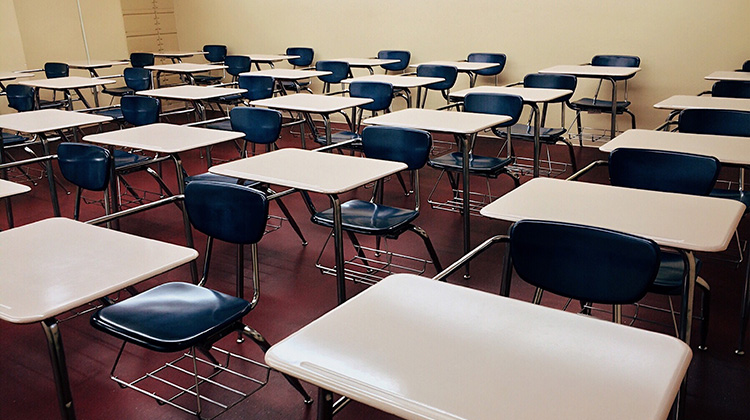No education review, more funds needed

Federal Education Minister Alan Tudge’s idea that education needs another review ignores the biggest reason for education shortfalls; uneven funding, say experts.
Tudge said the decline in quality teaching was mainly due to university courses that focus too much on theory rather than developing practical skills for the classroom, an outdated national curriculum that must be updated to reflect learning standards in Singapore and inadequate assessment of students – more testing must be rolled out to support NAPLAN assessments.
None of those points have struck a chord with education academics, Associate Professor Victoria Whitington Dean of Programs: Education Futures at the University of South Australia says, "Pre-service teachers are already provided a rich smorgasbord of strategies based in research."
"Initial teacher education university providers are very observant of research findings with regard to how they prepare their preservice teachers for their role as highly effective teachers in the field," says Assoc Prof Whitington.
Mary Ryan Professor and Dean of Education at Macquarie University and the President of the NSW Council of Deans of Education thinks that, "Initial Teacher Education should not be a political football.
"All ITE programs go through rigorous accreditation processes assessed by panels of teachers, principals and academics. In addition, many practising teachers already contribute to ITE programs.
"New graduates have demonstrated through externally endorsed and moderated teaching performance assessments that they can use evidence to inform quality teaching that responds to students’ needs.
"Whilst major changes have occurred in ITE, changes in the structural inequities of our schooling system have not kept pace.
"Another reform of initial teacher education cannot focus on the same issues as the 100+ reforms since the 1970s. A focus on how we ensure diversity in our profession and how we teach about, to and for diversity is paramount."
NAPLAN is already unpopular and adding further high stakes testing will amplify the workload and stress that it requires.
Australian Education Union (AEU) Federal President Correna Haythorpe said that 2011’s Gonski Review of Funding for Schooling set out a clear framework to establish a truly needs-based school funding system to address inequity in Australian schools.
“We do not need another review to tell them what is blatantly obvious – that in order to improve student outcomes, the government must address the school funding inequity in our education system,” Ms Haythorpe said.
“As ACER’s Dr Sue Thompson has noted, ‘acknowledging that the primary underlying factor behind poor achievement is socioeconomic background, and finding ways of redressing the imbalance in opportunities and resources available to these students, will help lift achievement for all Australian students.’”
“Federal Government school funding legislation and bilateral funding agreements have created a $19 billion public school funding shortfall through to 2023. According to the latest Report into Government Services, private school funding per student grew 2.7 times faster than public school funding per student in the last decade,” Ms Haythorpe said.
“This means that public schools, which educate the vast majority of students from remote, lower-socioeconomic, and Aboriginal and Torres Strait Islander backgrounds, will be denied the resources needed to close student achievement gaps.”
Attracting the best students to teaching means increasing the prestige and the remuneration attached to the profession, both are associated with funding.